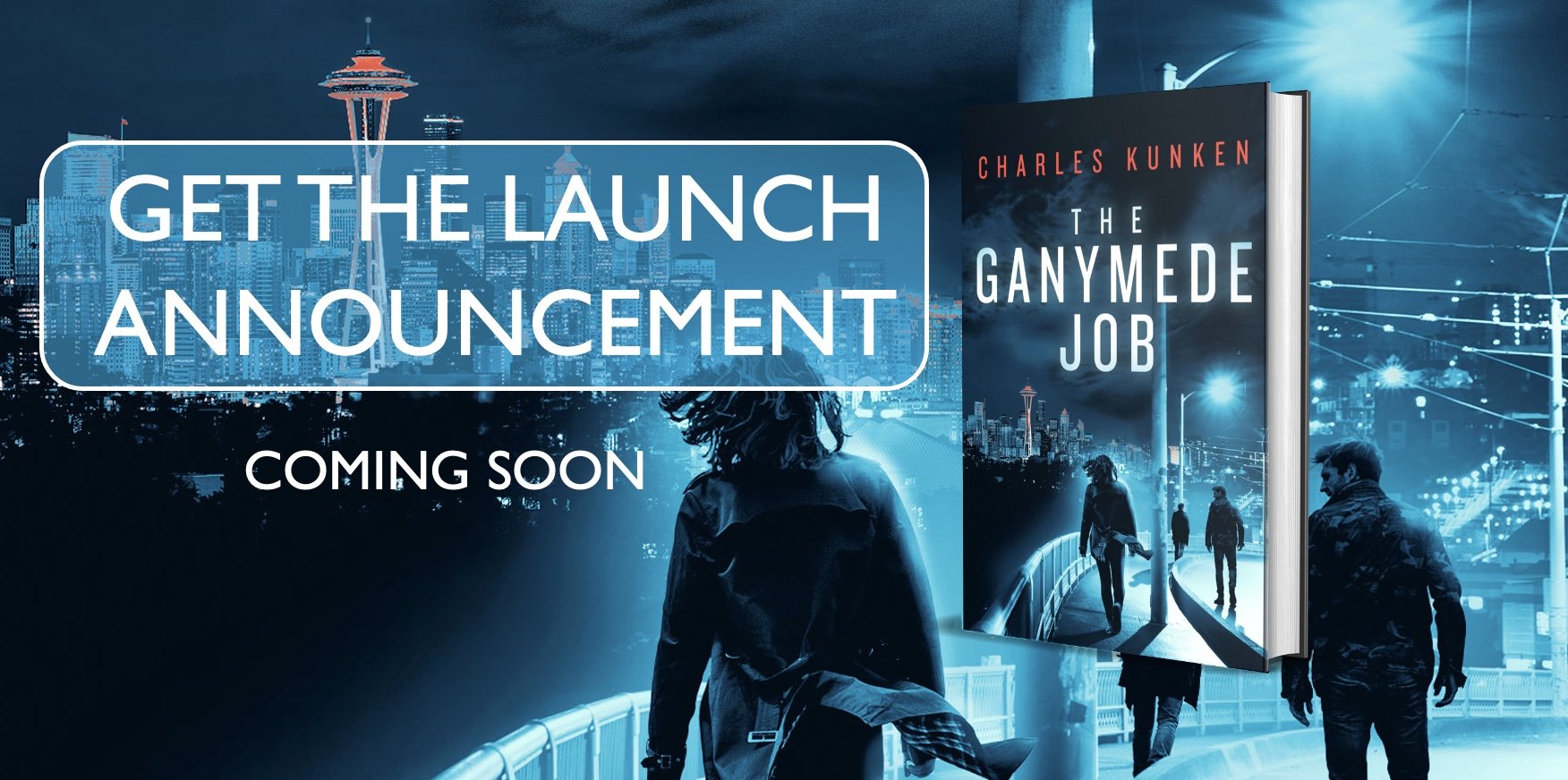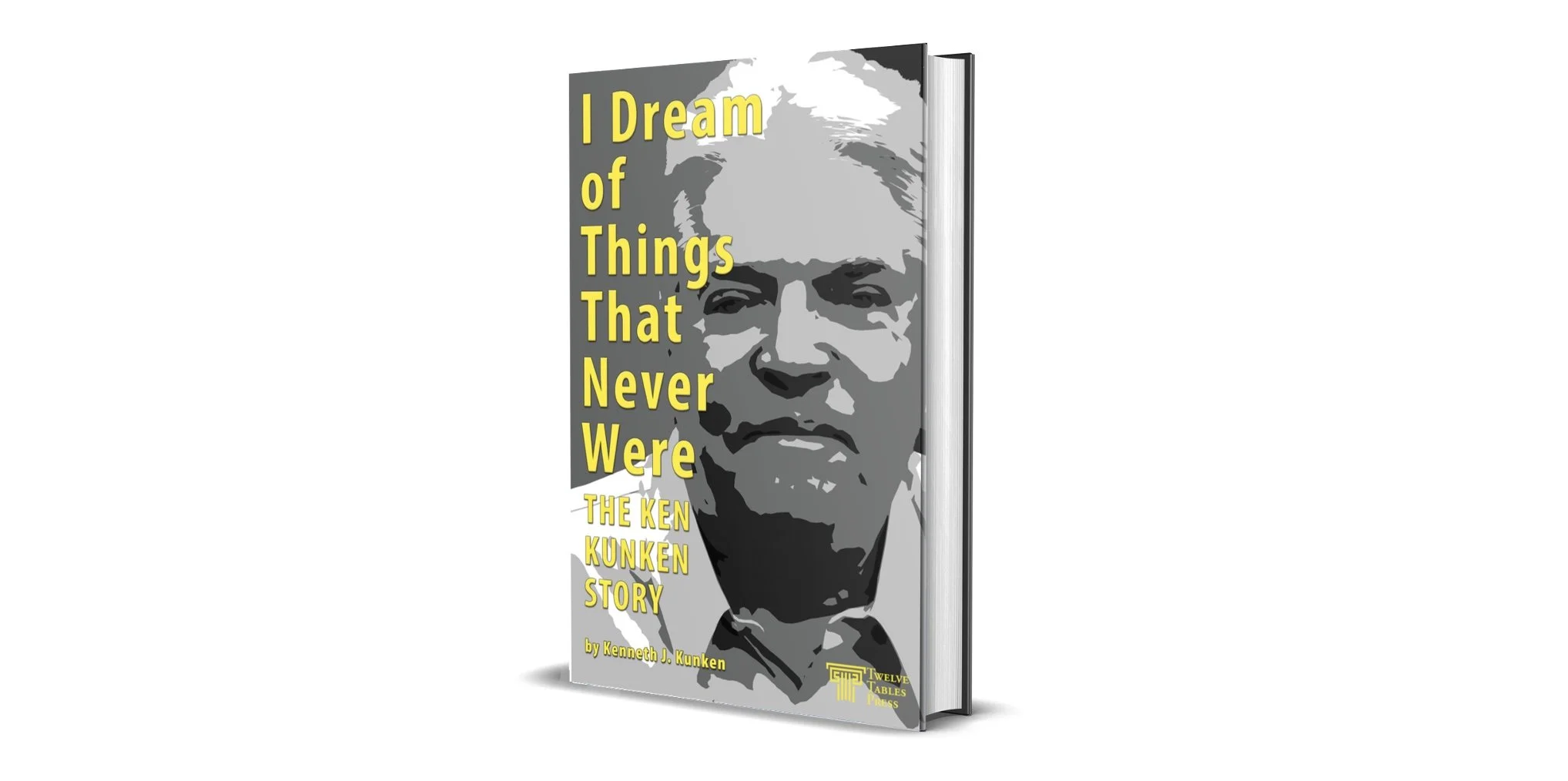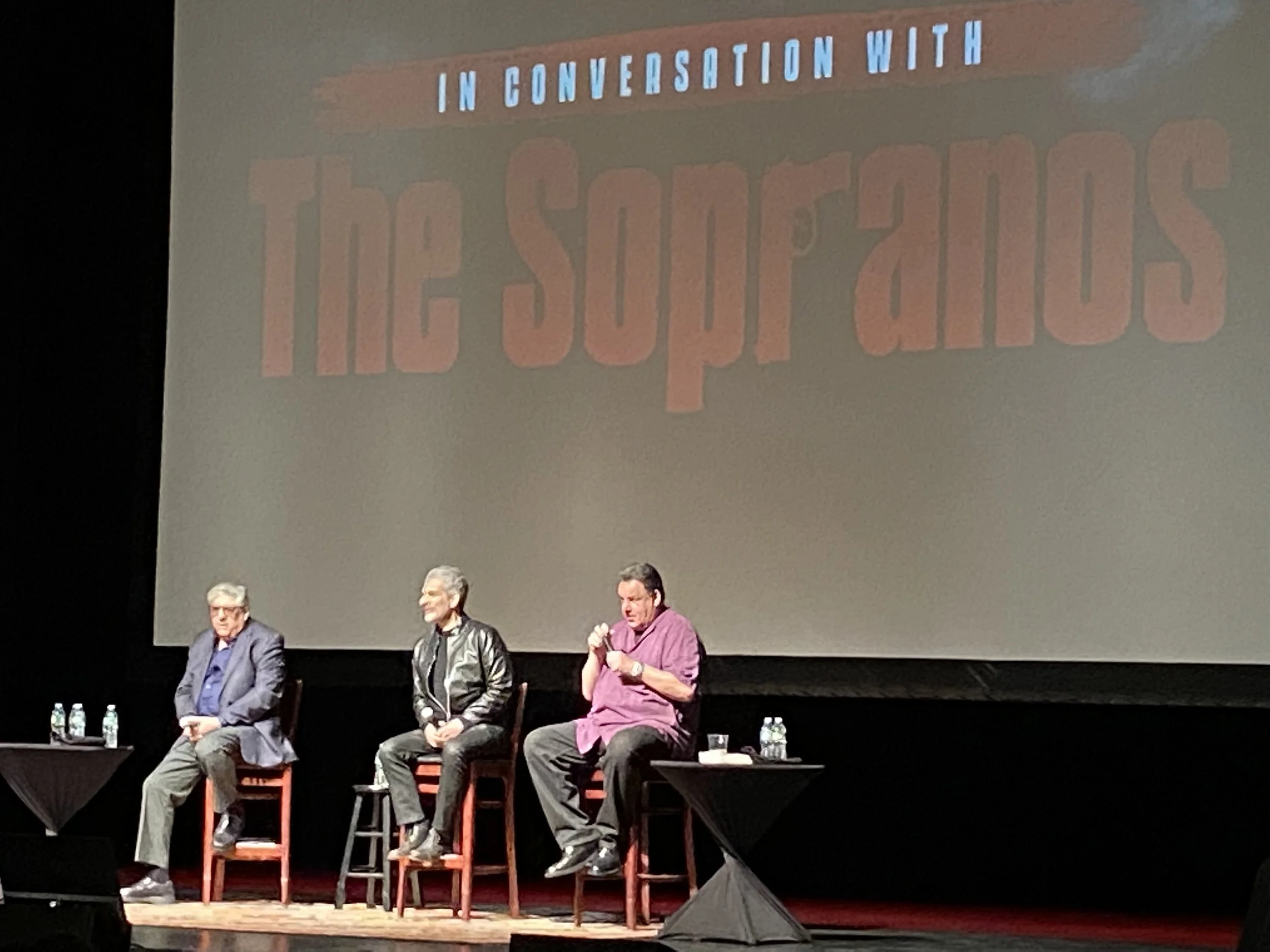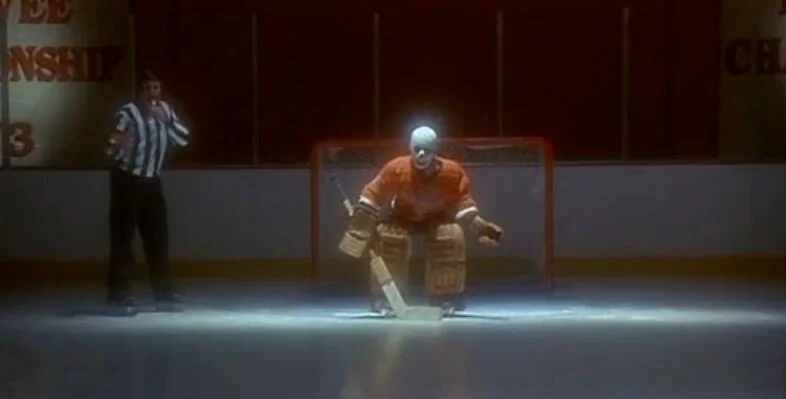Or checkout the ‘Hollywood Heist’ backlot.
This post comes from a discussion I’ve been having on heists with a writer friend of mine who is working on a heist screenplay. As we were bouncing heist stuff off one another this question came up, so I figured I’d write a post about it:
Do you feel like breaking down the Ocean’s grid is helping you write more productively? If so, in what ways are you referencing the data?
This question is a reference to an exercise I did mapping out the Ocean’s 11 movie and using it as a guide to write my own heist novel.
This post is a really long way of describing all about how I eventually stepped away from using spreadsheets to do the actual writing (and finally finish) my manuscript. I think this will also show how much I leveraged these spreadsheets and Storygrid’s teachings to learn all about structure and genre, which all prepared me to write the best possible book (still in development!).
**And an even bigger disclaimer – I had and have absolutely no idea what I was doing or what methods would work well to write a novel. This is nothing else other than my process of trial and error. I’m still editing and not published as of this writing in May-2021. **
First off, here are some of the major milestones along the way:
~2018 start watching heist movies with the lights on and putting them into spreadsheets (only do about 7 or so, over the next 2 years)
November 26 2019 - Our first daughter Lila was born (https://www.charleskunken.com/season3).
December 2019 – Spend the next five weeks of paternity leave watching over 40 heist films and documenting the conventions that made the great ones great: (https://www.charleskunken.com/season4).
January 7, 2021 – Spend 3 weeks storygridding my favorite novel, The Gold Coast (all 709 pages, 87 chapters). Although not in the genre, this was a masterwork, in my opinion, that I want to emulate in my writing.
January 26, 2020 – Start Draft 1 of the heist novel (~40,000 words)
March 5, 2020 –Storygrid Ocean’s 11 (https://www.charleskunken.com/blog/the-breakdown-of-oceans-11). Another masterwork, in the direct genre of my novel.
March 11, 2020 start draft 2 (from scratch), officially renamed ‘Hollywood Heist’ (another ~40,000 word attempt)
June 10, 2020 start draft 3 (from scratch), stop after ~11,000 words
~July, 2020 hire a book coach using Author Accelerator
August 6, 2020 start draft 4 (from scratch) which eventually becomes the ~84,000 word completed manuscript on January 21, 2021.
I started my first draft Jan. 26, 2020 (just checked the date) and basically looked at the ocean’s plot scene-by-scene to us as my chapter outline. I didn’t story grid this in advance or as I went, but I used the Ocean’s scene list to write my own corresponding chapters. I literally started with my own version of a ‘parole’ scene (like the opening jail scene in Ocean’s but it took place at work), then the protagonist (Mac, aka Chris Evans) went to go get his best friend. It was like writing an Ocean’s 11 allegory. Based on Ocean’s I knew that Act I would mostly consist of having to go recruit the crew, then would end with them all meeting together (like at Reuben’s house) and Mac going over the plan with them as the break into act II.
So, I pounded out a 40,000 word ‘discovery’ draft, writing 2,000 words a day of absolute garbage on the bus to and from work. I ended up with something terrible but got a lot out of my head. I then endeavored to Story Grid it (as Shawn Coyne had explained) so that I could analyze what needed to be fixed. Mind you, I still didn’t know if this plan was going to work. I was just guessing based on what I had followed from Story Grid and listening to their podcast. The most useful thing I got out of this exercise was I learned a few more scenes about my story and ended up realizing it needed to be a page one rewrite because I think I figured out in this draft that the heist was going to have to do with the Amazon Studios part of Amazon and the movie business.
So on March 11, 2020 I started draft 2 and I did the same thing: 2,000 words a day and 20 days later ended up with my second ~40,000 word discovery draft. There were times when whole scenes were just 2 characters walking down the street talking to one another trying to tease out what the hell they were even doing. This draft was again utter garbage. I story gridded it again, but I didn’t need the grid to tell me it sucked and my ‘stream of consciousness’ style of scene writing made it in no way possible to just simply wordsmith the draft into real chapters. I think it probably took me just as long to storygrid the draft because I didn’t start draft 3 until June 10, 2020. Again, another page 1 re-write.
The grid itself wasn’t really providing me a tremendous amount of insight, but I think the sheer act of writing so many words in my drafts and then reading them again and putting them down into excel sheets just led to so much mental processing that I was at least starting to tease out gems of the main ideas (like what the actual context of the heist would be, what might actually be stolen, and what the sequence would look like). If I use Stephen King’s analogy from ‘On Writing’ I was definitely doing a lot of excavating, but my efficiency was so low. I was getting about a grain of diamond for every overflowing wheelbarrow of dirt.
One of the biggest gifts to come out of these two drafts was I realized my crew needed to go recruit one more person for the heist, and it had to be someone who worked at Amazon. So at the end of Act I I would have them go back and recruit that one more person. And that was when I wrote what is now Chapter 1 of the real book and I realized the protagonist wasn’t Mac, but Jenny, the girl they recruiting from Amazon. So now the book starts with the inciting incident from her point of view and at that point I let go of using the stricture from Ocean’s 11.
As I got about 11,000 words into draft 3, I began getting nervous, saying to myself ‘how do I not write something that I will have to start from scratch again?’ It was around that time when I heard about Jenny Nash and Author Accelerator (https://www.authoraccelerator.com/) on a podcast (I think it was on the Self-Publishing Show podcast). I realized a book coach was exactly what I needed.
So I set draft 3 aside and submitted the lengthy application and based on my project I got matched with one of their coaches, a writer/coach name Dawn who had written her own gone-in-60-seconds style heist book, Overdrive (https://dawnius.com/, she is awesome). We spent about a month working through different prompts and exercises that helped me layout everything I knew, and everything I was trying to do with my story. I would submit my exercises weekly and we would discuss them on a weekly phone call. One of the exercises was making what I knew into an actual life-sized flowchart, since she knew that I was a highly visual and analytical type of person.
Then we did something crazy. We threw away all of the spreadsheets and on August 6, 2020 started writing the 4th draft, from scratch. I had a pretty good idea of the flow through Act I--that it would be Jenny’s journey of refusing the call to the join the heist, and ultimately accepting it (obvi). I would write 2 chapters a week followed by 2 bullet points of what the next chapters would be after that.
I thought after getting through Act I we would stop to regroup and do some more mapping out, excel sheets etc, but I sort of had a inkling of what the first 2 chapters in Act II would be, so we said why don’t I just write these 2 chapters, see if I can get the follow-on bullet points, and then we’ll touch base the next week to see how that went. This was when the real pantsing began.
We talked the following week and I had an idea for the next 2 chapters so I nervously agreed to try writing them again. Then again. And again. And again. And between the 24 weeks from August 6, 2020 through January 21, 2021 I ended up submitting at least 2 new chapters every week, flying entirely by the seat of my pants (maybe that’s where the term comes from) until I finished the manuscript.
I didn’t use any grids this time but I definitely drew on everything I had spent the past years studying about story structure to guide me (Save The Cat, Story Grid, Poetics, How to Write Character Arcs, The Art of Dramatic Writing, and many more). It felt like practicing with sheet music and then by showtime you just ditch it all and play.
There were some very specific things I was subconsciously aiming for. For example: I knew I had to build towards some kind of big destabilizing midpoint. From what I liked about all the heist films I studied I knew I wanted to make sure the whole story revolved around how they were preparing for and pulling off the score. I knew the first half of Act II would showcase this preparation and in the second half of Act II there would be some major hurdles.
Image from: https://www.moviefone.com/2016/12/05/oceans-11-george-clooney-facts/
I looked often at the Ocean’s 11 time line I had created to plant these milestones into my subsconscious. In another example, I knew after the midpoint that my character, Jenny had to make a little side trip before we could aim her straight for the final battle (the heist) in Act III. This was based on understanding quantitatively that at 55% in Ocean’s 11 Basher and company had to go and steal the pinch. The difference with this draft was that instead of outlining chapters (reading sheet music) I was going with my instincts of what needed to happen (playing), while using my research as reference guides when I needed some input.
I didn’t endeavor to grid my manuscript after finishing it (and I don’t think I am going to, but who knows). But I am definitely assessing the story based on things I learned from story grid principles (like, what is the turning point in each scene). I also was able to eventually write via pantsing-style based on learning the heist conventions I found from watching 40 films and learning along the way which ones were best liked and which ones had the danger of turning into cliché’s (like rounding up the crew).
So, to make a short story really, really long, the storygrid structure and universe was my training ground. And all the studying of the genre and my favorite masterworks served me in preparation to write. I finally wrote my real manuscript once I got comfortable enough to leave the spreadsheets behind. All the training stuff still definitely served as reference material but was most useful to me as just that, reference. I definitely walked a fine line between research and resistance but the most productive writing I did was when I finally got comfortable enough to start pantsing (with the aid of a professional coach giving weekly feedback) after all the studying and ‘training’.
Have some thoughts? Feel free to drop a comment or hit me up: charlie@charleskunken.com


















Please judge.